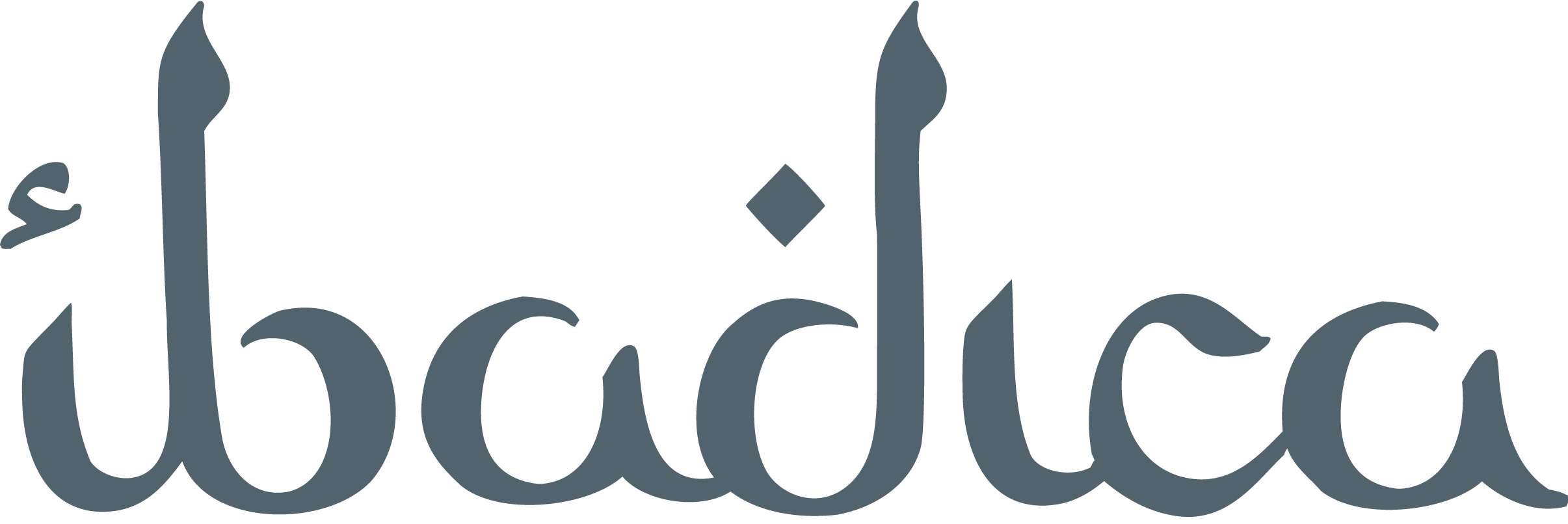Hérésie, acculturation et nationalisme des Berbères barghawāṭa
Contenu
- Titre
- Hérésie, acculturation et nationalisme des Berbères barghawāṭa
- Créateur
- Talbi, Mohamed Voir tous les contenus avec cette valeur
- Date
- 1973
- Dans
- Actes du premier congrès d'études des cultures méditerranéennes d'influence arabo-berbère: Voir tous les contenus avec cette valeur
- Résumé
-
As far as Ibāḍī sources or secondary literature on al-Ibāḍiyya are concerned, a few references to Marcy 1936.
The article starts with an English abstract: the Barghawāṭa were the rulers of a kingdom in Tāmasnā, Morocco (dynasty of Banū Ṭarīf) which lasted for four centuries (124-543/742-1148). Their heretical movement has been regarded by both chroniclers and modern scholars as a gross distortion of Islam. The object of this paper is to put their heretical movement in the perspective of acculturation and nationalism. Such an outlook is allowed by a thorough analysis of the sources of information, leading to the following conclusions: although he may have been of Jewish origin, Ṭarīf embraced the Berber cause under the banner of Ṣufrite Khārijism, at a time when the Berbers were the victim of Arab policy. The Barghawāṭa were not one tribe, but a community of various origins united by a nationalistic feeling. The founder of Barghawāṭism was not Ṣāliḥ b. Ṭarīf, but Yūnus b. Ilyās and his successor Abū Ghufayr. They converted the people through persuasion, providing them with a prophet from among their own people, War-Iyā Warā, and a Koran written in their language, as well as through violence. The author of the article goes on to analyse the unconscious process of formation of Barghawāṭism, as a new ideology emerged through contacts with the East (Yūnus borrowed from Khārijism, Shīʿism and Arab mythology). Acculturation thus assumes the role of a weapon taken from the adversary and used to achieve national liberation. - Editeur
- Société nationale d'édition et de diffusion Voir tous les contenus avec cette valeur
- Place
- Alger
- Langue
- fre
- rédacteur
- Galley, Micheline Voir tous les contenus avec cette valeur
- pages
- 217-233
- Source
- Fonds Martin Custers Voir tous les contenus avec cette valeur
- Ibadica Voir tous les contenus avec cette valeur
Talbi, Mohamed, “Hérésie, acculturation et nationalisme des Berbères barghawāṭa”, Société nationale d'édition et de diffusion, 1973, bibliographie, consulté le 18 septembre 2024, https://ibadica.org/s/bibliographie/item/6915
Position : 6916 (7 vues)

